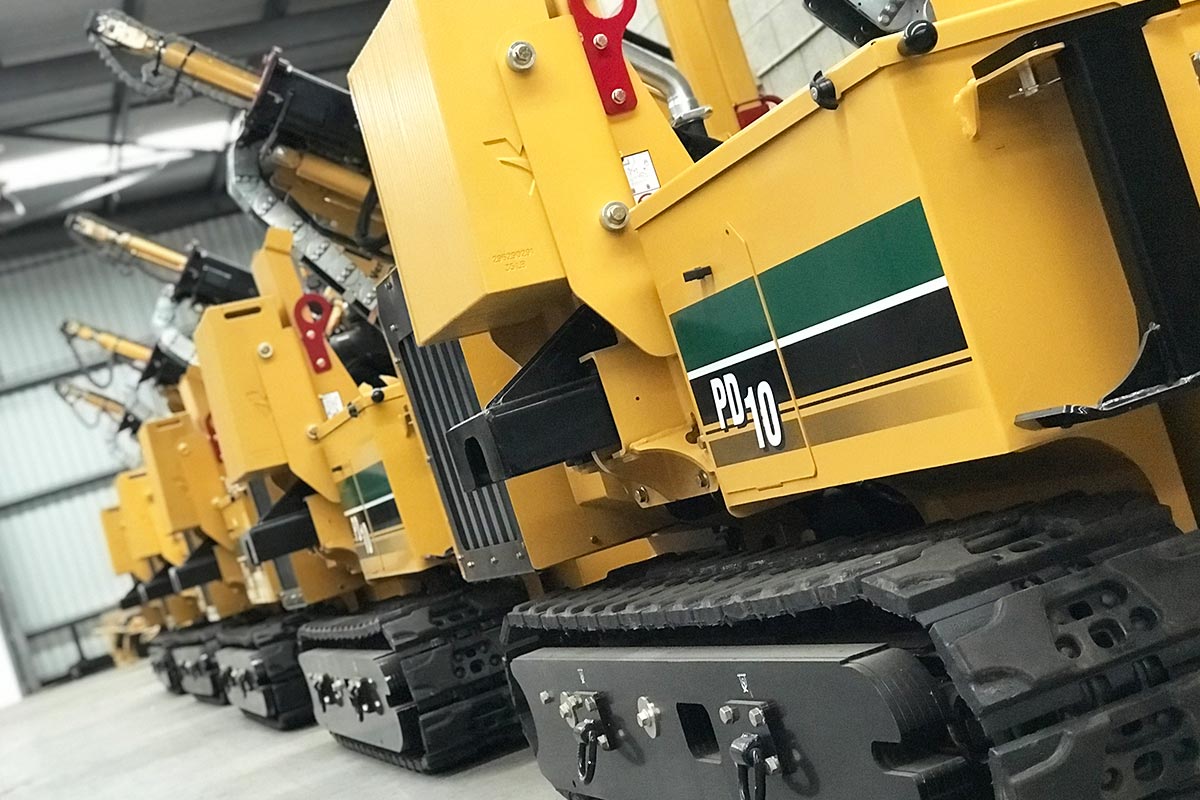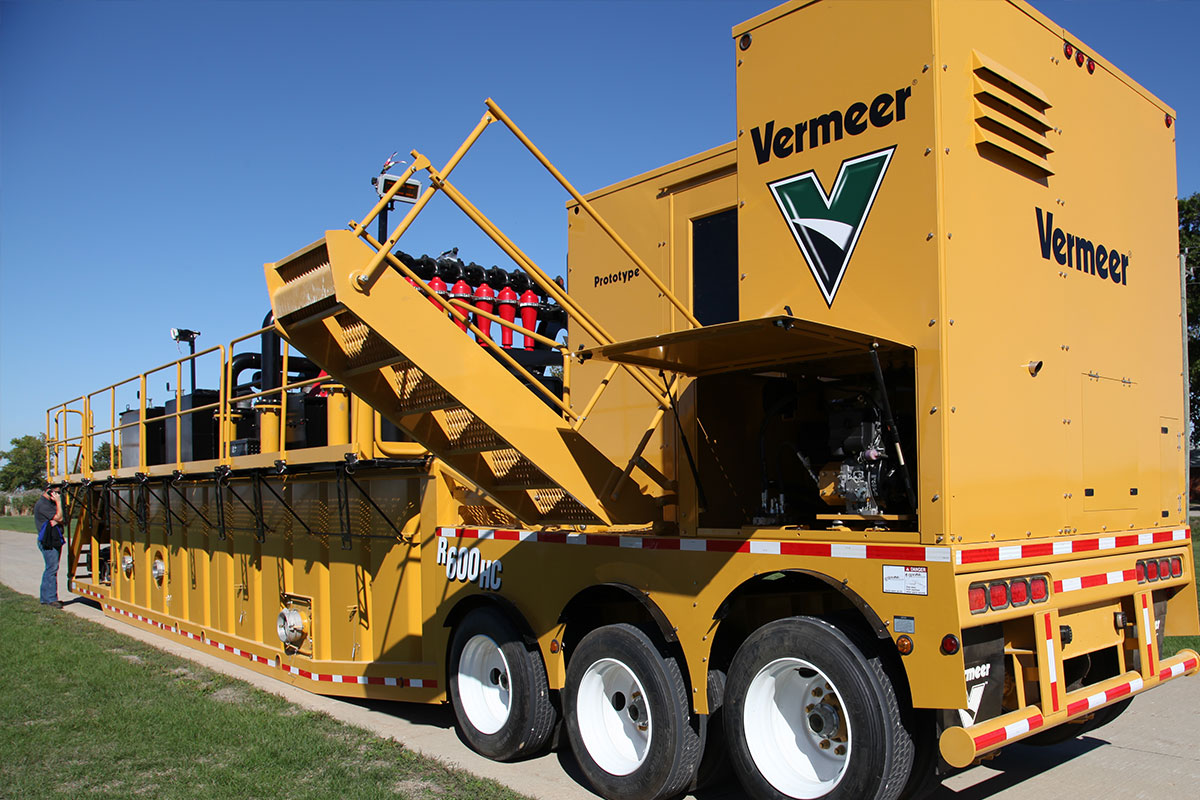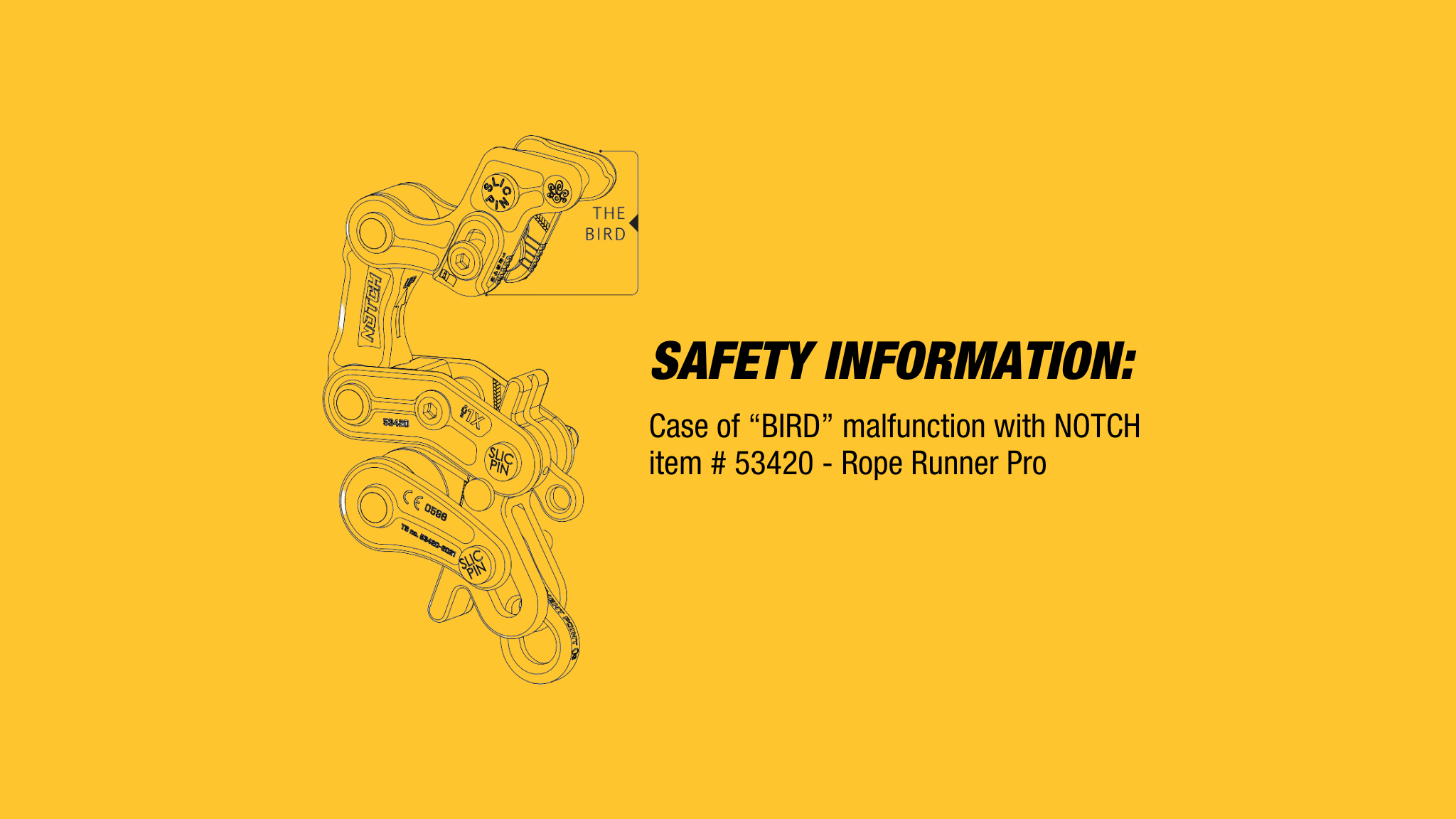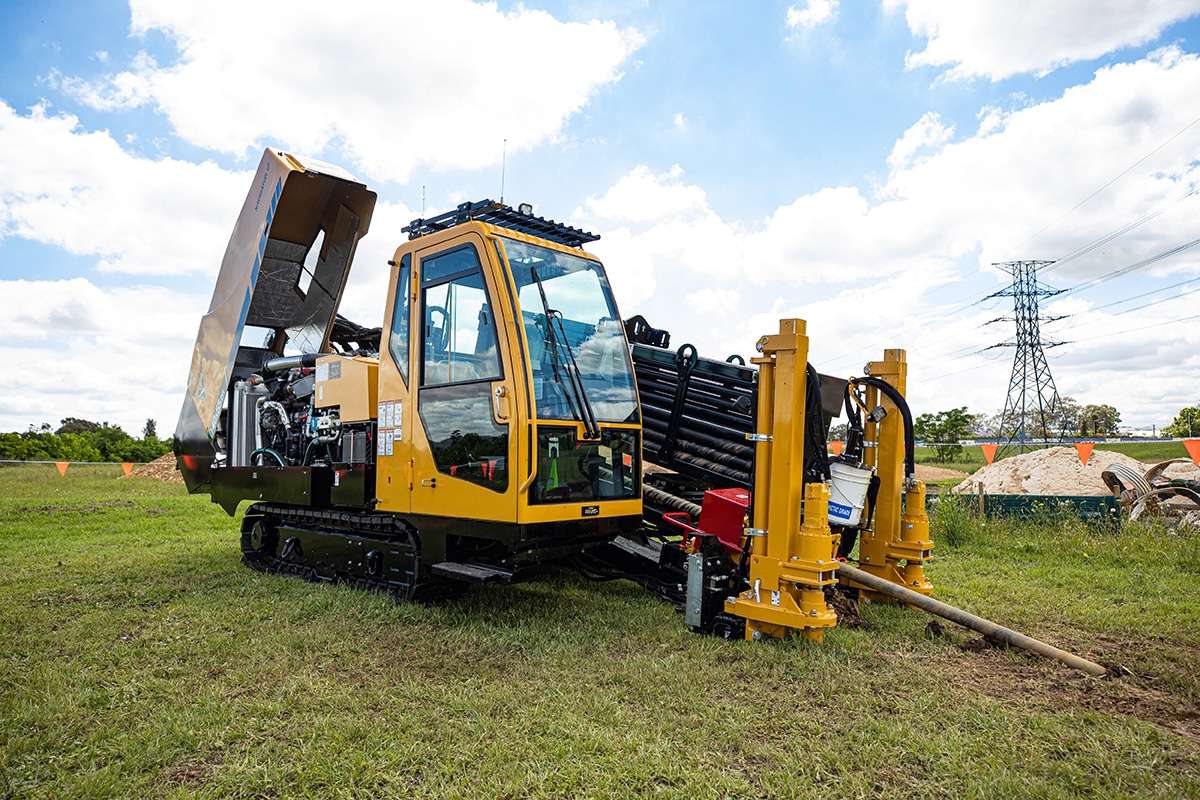Selecting the right foundation for a ground-mounted solar PV installation is critical for its success as the use of an incorrect foundation can result in premature refusal, costly change orders and project delays. Selection should be based on a geotechnical study of the project area to determine the best option. Here, we will look at the different types of foundation, and how to select the right one for your installation.
Jeff Lawson, National Construction Equipment Sales Manager at Vermeer, said there are four main types of foundation that can be used for ground-mounted solar PV systems.
“There are four major types of foundations that are commonly used: helical piles, earth-screws, ballasted foundations and helical piles,” Mr Lawson said.
“When selecting a foundation type, and the machinery that will be used to install it, it is important to understand the positives and negatives of each type of different ground condition.
“For example, areas with loose sand and a high water table or low soil cohesiveness require the foundation to be embedded at a greater depth so a helical pile or ballasted foundation would be the best choice. “However, in areas with harder, more difficult terrain, earthscrews and ballasted foundations are better.
“Driven piles on the other hand are best suited to areas with good soil cohesiveness and low water tables.”
Helical piles
Helical piles are best suited to areas where soil cohesion is poor as they are easily installed using auger attachments on excavators or other equipment that can rotate it into the ground. Once installed, they act as an anchor and lock the structure into the soil.
They require only a small amount of earth to be dug out, so contractors can save time and money. They also have minimal environmental impact as there is little noise pollution and little to no ground movement.
A pull test needs to be done before installing helical piles to determine the embedment depth and ensure there is enough resistance to satisfy the load requirements of the PV support structure.
Earth-screws
Earth-screws can be installed by pre-drilling holes into the ground before they are screwed in using excavators and other equipment which use auger attachments. They can also be installed straight into the ground if there are no refusal issues.
Earth-screws can have a higher cost of installation than other foundation types if a seperate machine is needed to be brought in for pre-drilling.
Ballasted foundations
Historically, ballasted foundations have been more expensive than driven or screwed foundations, however over time prices have declined and they have become a more viable option. They are particularly suited to areas where there is a high refusal rate and low soil cohesiveness, where helical pile and earth-screws are not as effective.
However, ballasted foundations have some limitations, especially if the area is sloped or uneven as there are extra calculations that need to be made to accommodate the slope and relative change. Soil settling, erosion and heaving also need to be taken into account before installation as ballasted foundations can be subject to stresses from soil movement.
Driven piles
Driven piles are best suited to areas which have clay, gravel, dense sand and low water tables, where the ground has good soil cohesiveness. They are commonly used on large-scale projects as they have a number of advantages over other foundation types, including speed of installation, accuracy, lack of cure time and low cost.
While driven piles are a cost-effective option for large-scale projects, they may not be the best option for small-scale systems as specialised equipment needs to be used, equating to a higher cost per unit.
Equipment driving down costs
“Driven piles are commonly used in Australia on large-scale solar PV projects due to their suitability to ground conditions and their low cost. One of the key factors reducing the costs of driven piles construction methods and making them considerably cheaper than other foundation types is the availability of highly sophisticated equipment,” Mr Lawson said.
“Equipment such as Vermeer’s PD10 Pile Driver has a number of features which can help drive down project costs and make contractors more competitive.
Click here to read the full article in the September edition of Energy Magazine.

 MyDealer:
MyDealer:


